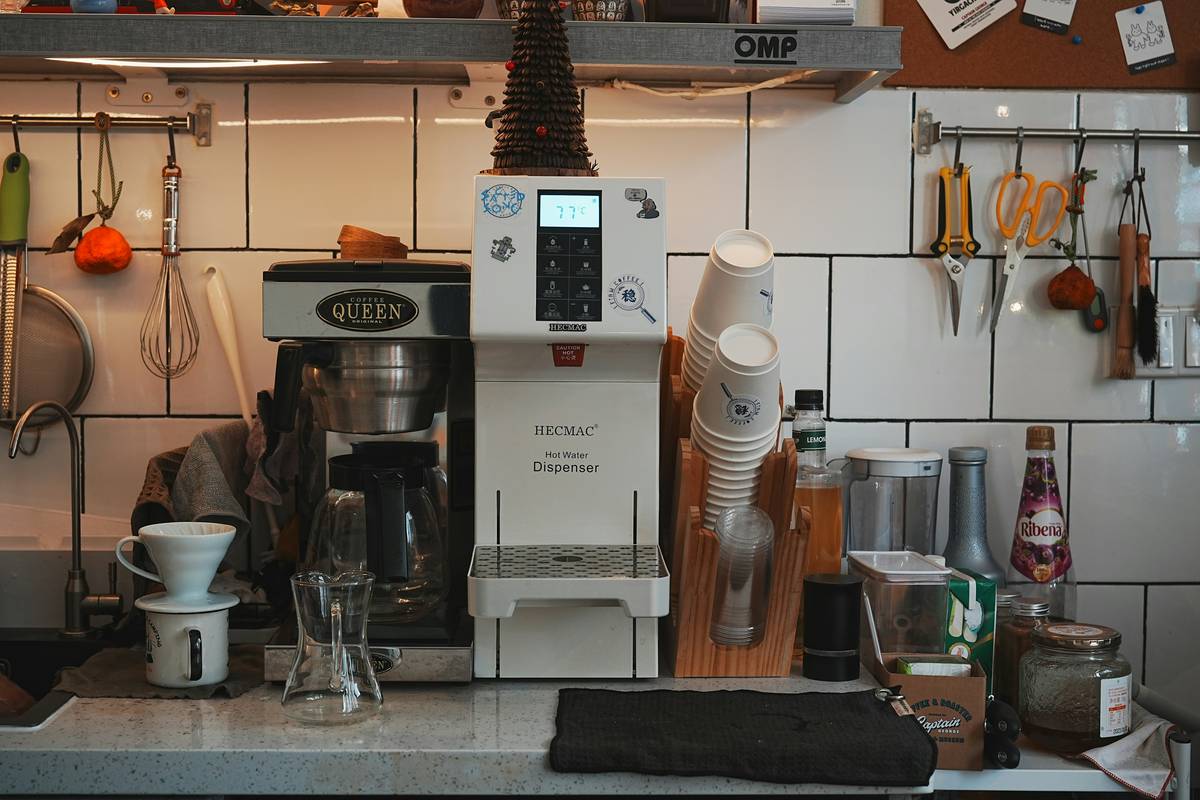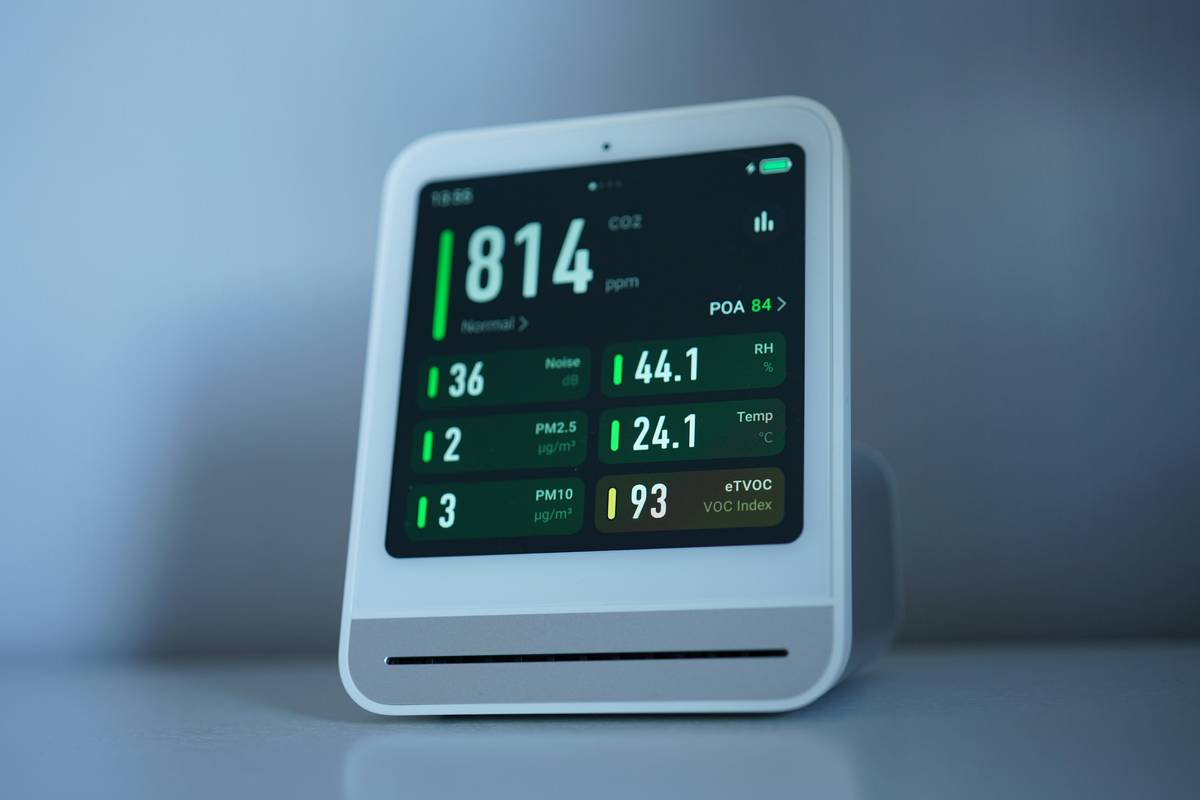Ever stared at your smart coffee maker and wondered if its “smart” features included self-cleaning? Spoiler alert: most don’t. And let’s be real—no one wants their morning brew tasting like last week’s pot roast. That’s why mastering coffee pot cleaning is essential for any tech-savvy home barista.
In this guide, we’ll spill the beans on how to properly clean your smart coffee maker, share some hilariously bad advice you should avoid (because trust us, someone out there is doing it), and give you actionable steps to keep your machine humming along like a well-oiled espresso grinder. You’ll also learn about common mistakes, best practices, and even a couple of success stories from real users who’ve cracked the code. Ready? Let’s go!
Table of Contents
- Why Coffee Pot Cleaning Matters
- Step-by-Step Guide to Cleaning Your Smart Coffee Maker
- Pro Tips for Maintaining Your Coffee Maker
- Real Stories of Cleaner Coffee Makers
- FAQs About Coffee Pot Cleaning
Key Takeaways
- Regular coffee pot cleaning prevents funky flavors and extends the life of your smart coffee maker.
- Smart coffee makers need human intervention for deep cleaning—don’t rely solely on automated cycles.
- Use vinegar solutions or specialized descaling agents for effective mineral buildup removal.
- Avoid using dish soap inside the reservoir—it can leave behind residue that affects taste.
- Stay consistent with maintenance habits; set reminders if needed.
Why Coffee Pot Cleaning Matters

Let me confess something embarrassing. A few months ago, I brewed what I thought was an extra-strong cup of java—but it turned out my “bold roast” flavor came courtesy of a month-old layer of gunk lining the coffee pot. Yikes. If you’ve ever experienced sour-tasting coffee or weird smells coming from your smart coffee maker, you’re not alone.
Here’s the deal: Hard water deposits, leftover oils, and stray grounds can clog up your machine faster than you can say “Americano.” Over time, neglecting coffee pot cleaning leads to poor performance, inconsistent brews, and potentially costly repairs. Worst part? The smart tech inside these devices won’t magically fix everything—they still need TLC.
Step-by-Step Guide to Cleaning Your Smart Coffee Maker
Optimist You: “This sounds easy enough—I’ll have a squeaky-clean coffee maker in no time!”
Grumpy You: “Ugh, fine—but only if I get a fresh cup of coffee after.”
Step 1: Gather Your Supplies
You’ll need white vinegar, filtered water, a soft sponge, a toothbrush (dedicated to kitchen use, please!), and optionally, a descaling solution designed for coffee makers.
Step 2: Run a Vinegar Cycle
- Fill the reservoir halfway with white vinegar and top it off with water.
- Place a paper filter in the basket and run a regular brewing cycle.
- Discard the liquid and repeat the process with just plain water to rinse thoroughly.
Step 3: Scrub Away Residue
Use the toothbrush to gently scrub areas prone to buildup, such as the spray head and carafe lid. For stubborn spots, sprinkle baking soda onto the sponge before scrubbing.
Step 4: Dry Completely
Let all components air-dry completely before reassembling. Skipping this step could trap moisture and promote mold growth. Nobody wants THAT in their morning routine.
Pro Tips for Maintaining Your Coffee Maker

- Rinse After Every Use: Don’t let old coffee sit in the pot overnight—it hardens into a disgusting film that’s twice as hard to remove.
- Descale Monthly: Depending on your water hardness, aim to descale every 3-4 weeks. Use a commercial product like CLR or Urnex Dezcal for tougher jobs.
- Avoid Dish Soap: Even tiny amounts of soap left behind can ruin future cups. Stick to natural cleaners like vinegar or citric acid.
- Check User Manual: Some smart models require specific care instructions due to advanced internal sensors.
- Terrifically Terrible Tip: Whatever you do, DON’T put the entire coffee pot in the dishwasher. Yes, people actually try this. And yes, they regret it.
Real Stories of Cleaner Coffee Makers

“I ignored cleaning my Keurig-compatible smart device for six months straight,” admits Sarah, a busy mom of two. “When my coffee started tasting like burnt plastic, I knew something was wrong. Turns out, mineral deposits were blocking the heating element. One thorough descaling later, it works better than ever!”
Another user, Mark, switched to weekly rinses after noticing mold growing under his carafe lid. “Now, my coffee tastes fresher, and I save money by avoiding replacement parts,” he says.
FAQs About Coffee Pot Cleaning
How often should I clean my smart coffee maker?
At minimum, perform a quick rinse daily and a deeper clean every 1-2 weeks depending on usage.
Can I use lemon juice instead of vinegar?
Absolutely! However, it may leave behind a citrusy smell unless fully rinsed.
Is professional servicing worth it?
For basic cleaning, probably not. But if your machine has complex issues, consult the manufacturer’s guidelines for warranty coverage.
Conclusion
Coffee pot cleaning might not sound glamorous, but it’s crucial for maintaining top-notch taste and extending the lifespan of your smart coffee maker. By sticking to a simple routine, avoiding rookie mistakes, and staying proactive about maintenance, you’ll ensure every sip feels like pure bliss.
And remember, much like keeping your Poké Balls charged back in Pokémon GO days, consistency is king when caring for your gadgets. Now go forth, brew boldly, and enjoy the fruits of your squeaky-clean labor!
Oh, and here’s your obligatory haiku:
Vinegar whispers,
Coffee dreams are pure again,
Morning smiles brighter.


